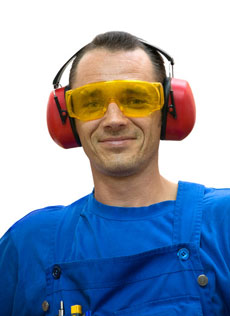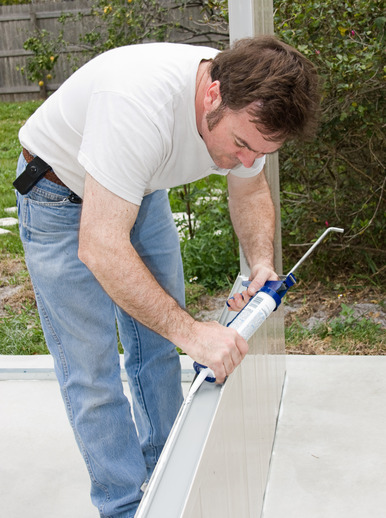Versatility and efficiency
The polyurethane caulk is based on the reaction between glycol and isocyanate and it’s generally the best choice for outdoor applications. It’s highly durable and often used instead of silicone caulk. A versatile sealant, it has the ability to adhere to a number of materials, which makes it excellent for creating seals between surfaces.
Here’s the 5 main advantages of polyurethane caulking:
Adherence
Its versatility is perhaps its greatest benefit. The polyurethane caulk can be used on plastic, concrete, wood, metal, and glass. It also adheres very well to vinyl siding, aluminum siding and brick. The only thing you should be careful with is polycarbonate plastic.
Elasticity
The reason why the polyurethane caulking sticks so well is because it actually bonds to the material on a molecular level. It also has an unmatched stretching ability – elasticity up to 300% or more – which is useful if you’re going to apply in on materials, expected to expand and contract on a regular basis.
Durability
It’s also extremely durable – the seal can last up to 10-20 years, depending on the exposure. It’s also paintable and water-resistant which makes it an excellent choice for a variety of jobs and materials. Since it’s solvent-based, you need to use paint cleaner when cleaning it up. It can also be a little stiff and toxic and that’s why it requires extra caution, when handling.
Conclusion
However, the polyurethane caulk offers unmatched adhesive strength, elasticity and can hold up to any heavy movement. Apart from that, this ultimate sealant can also be painted easily and is great for filling indoor, as well as outdoor gaps.

Pro Bob is an experienced contractor and renovation specialist, who loves to share his know how with others.



